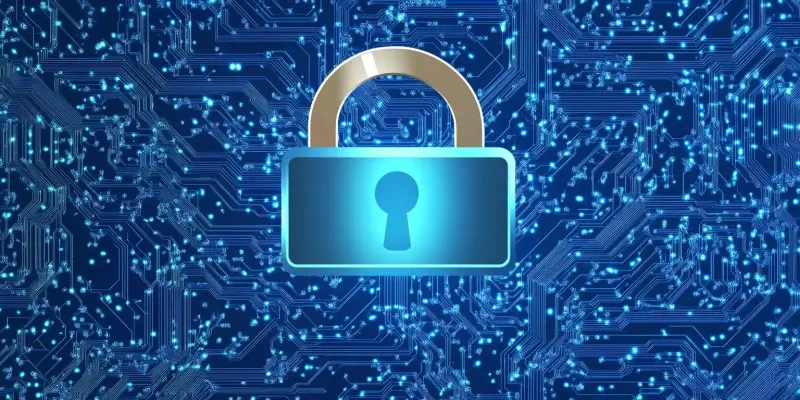Cybersecurity threats are more than just technical glitches—they are real and potential dangers that threaten individuals, businesses, and governments. With cybercriminals becoming increasingly sophisticated, the stakes have never been higher. As we step into 2025, it’s clear that cybersecurity must remain a top priority for everyone navigating the digital environment.
Understanding Cybersecurity Threats: Why They’re Dangerous
Cybersecurity threats encompass a range of malicious activities targeting digital systems, networks, and devices. These can include ransomware, phishing attacks, data breaches, and even the exploitation of artificial intelligence (AI) systems. But why are these threats so dangerous? Sensitive personal and corporate data is highly vulnerable to being stolen or manipulated, and a single breach can expose millions of users’ private information. Financial losses from cyberattacks cost businesses billions annually, from ransom payments to the fallout of disrupted operations. The erosion of trust is significant, as customers lose confidence in brands that fail to protect their data, and employees may struggle to trust their employers. On a larger scale, national security risks become imminent when critical infrastructure such as healthcare, energy, and defense are targeted by cybercriminals.
Why Preparation Is Crucial for Combating Cyber Threats
Preparation is not just a good practice; it’s essential for every entity utilizing digital platforms. The future of cybersecurity in 2025 will demand proactive measures rather than reactive responses. Prevention is cheaper than recovery since recovering from a cyberattack often costs more than implementing preventive measures, including both direct costs and indirect losses like reputational damage. Compliance requirements are tightening as governments worldwide increase regulations surrounding cybersecurity, and failure to comply can result in hefty fines. Cybercriminals are expected to leverage AI to execute more precise and large-scale attacks, so being prepared now is key to mitigating these risks. Furthermore, a well-prepared cybersecurity strategy ensures systems can withstand attacks and recover quickly without significant downtime, ensuring business continuity.
Making the Most Out of Cybersecurity in 2025
So, how can you stay ahead of cybersecurity threats in 2025? Here are some actionable steps:
1. Embrace AI and Machine Learning
AI and machine learning serve as double-edged swords in cybersecurity. Cybercriminals use these technologies to enhance attacks, but they can also be used to bolster defenses. AI-driven threat detection tools can analyze vast amounts of data in real-time, identifying anomalies before they become full-blown attacks.
2. Invest in Employee Training
Your team is your first line of defense against cyber threats. Regular training ensures that employees can recognize phishing attempts, use secure passwords, and follow best practices for online safety. Training programs tailored to diverse teams and younger employees can help foster a cybersecurity-conscious culture within your organization.
3. Strengthen Endpoint Security
With remote work becoming more commonplace, endpoint devices like laptops, smartphones, and tablets have become prime targets for cyberattacks. Implementing endpoint protection solutions that safeguard these devices is crucial, especially in decentralized work environments.
4. Adopt Zero Trust Architecture
Zero Trust is a security framework where nothing is trusted by default. This model continuously verifies users and devices, ensuring that only authenticated entities gain access to critical resources.
5. Leverage Blockchain for Security
Blockchain technology provides decentralized and tamper-proof solutions for securing transactions and data. This technology can protect supply chains, financial systems, and healthcare data from cyber threats.
6. Prepare for IoT-Specific Threats
The explosion of IoT devices adds new vulnerabilities to our digital landscape. Securing your IoT systems involves regularly updating firmware, using secure networks, and ensuring devices are not exposed to unnecessary risks.
7. Keep Software and Systems Updated
Outdated software often contains vulnerabilities that hackers can exploit. Regular updates and patch management can close these loopholes, reducing the risk of attack.
8. Utilize Threat Intelligence Services
Stay informed about emerging threats by subscribing to threat intelligence services. These platforms provide real-time insights into cyber risks relevant to your industry or personal interests.
Looking Ahead for a Secure Digital Future
Cybersecurity threats are far more serious than just technical glitches; they pose real and significant dangers to individuals, businesses, and governments alike. The risk landscape is constantly evolving as cybercriminals become more sophisticated in their attacks and tactics. This growing complexity means the stakes have never been higher. As we approach 2025, it’s clear that a robust focus on cybersecurity is essential for anyone navigating the digital realm. We must prioritize cybersecurity measures to protect personal data, safeguard financial records, and secure sensitive information. Ignoring these threats could lead to devastating consequences, from financial losses to compromised national security. Therefore, cybersecurity must remain a top priority for everyone, from individual users to large organizations and government entities. Protecting our digital infrastructure requires continuous vigilance, updated defenses, and a collective effort to combat these ever-present dangers in our interconnected world.

